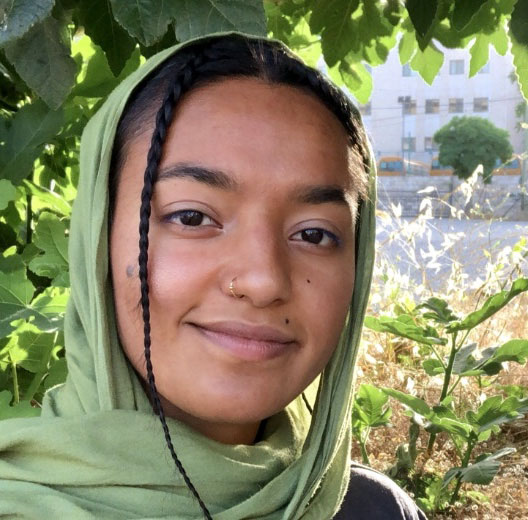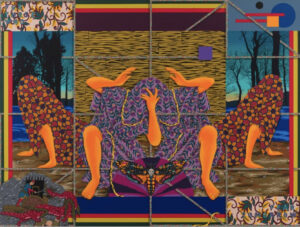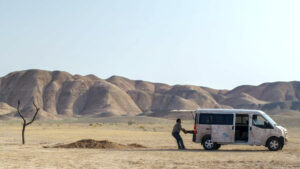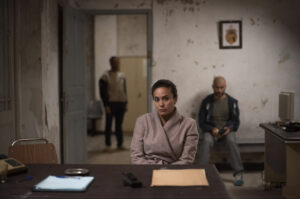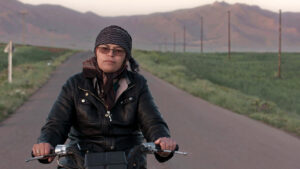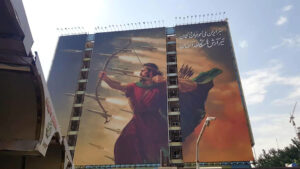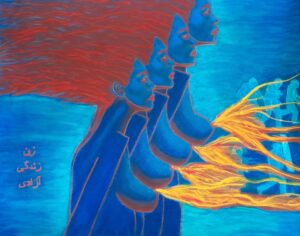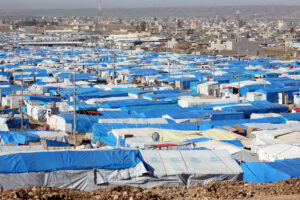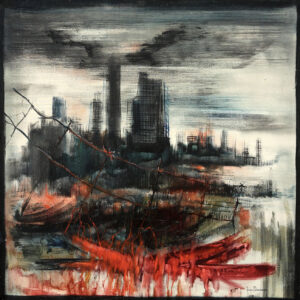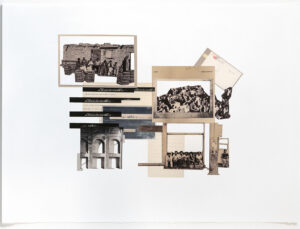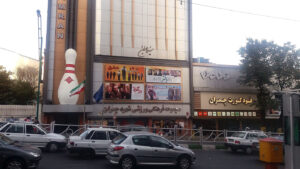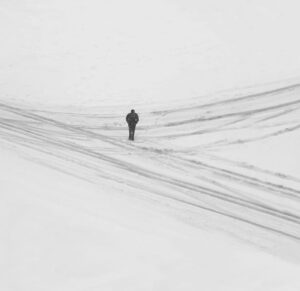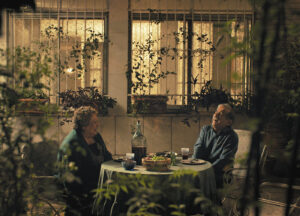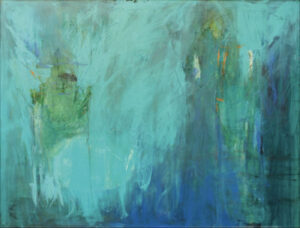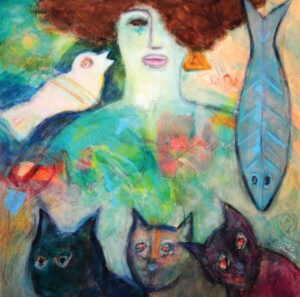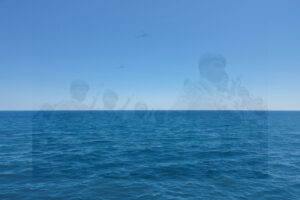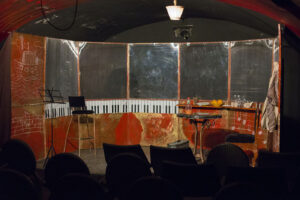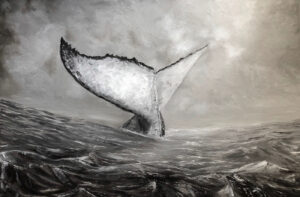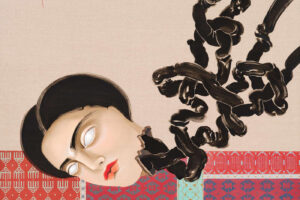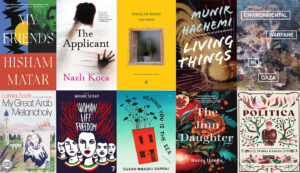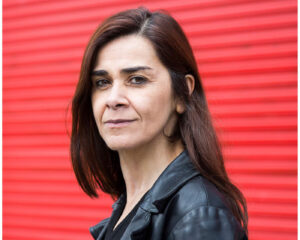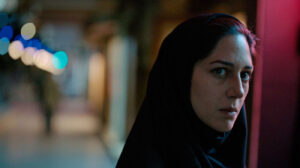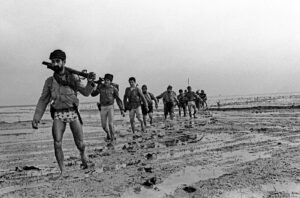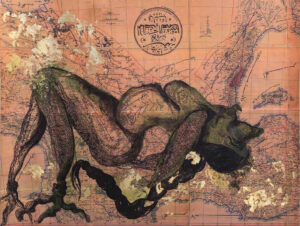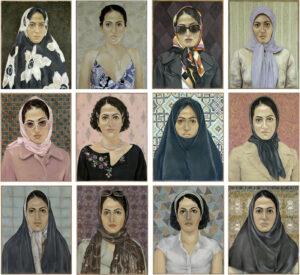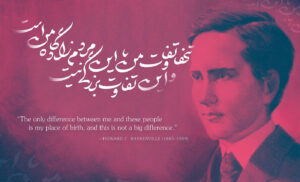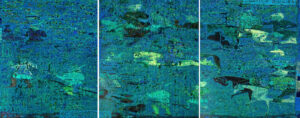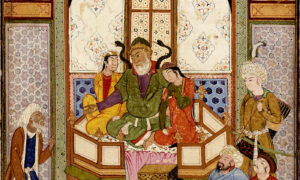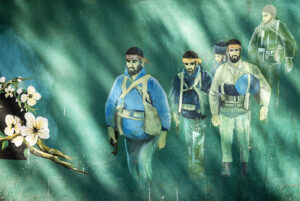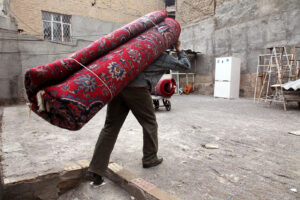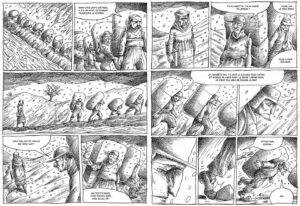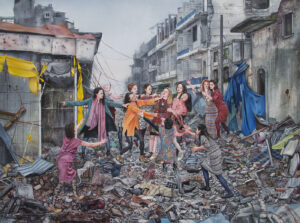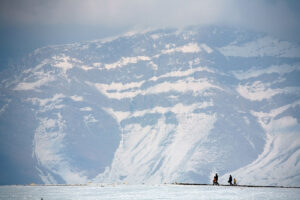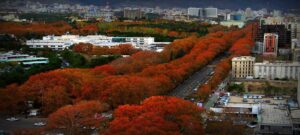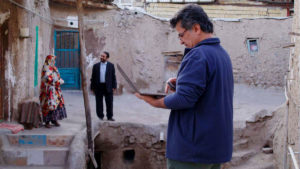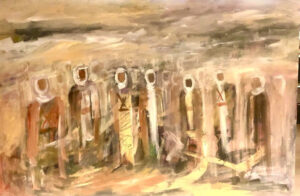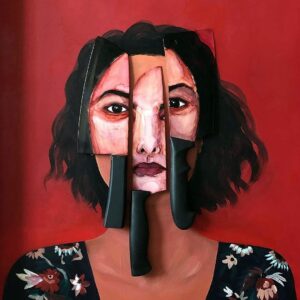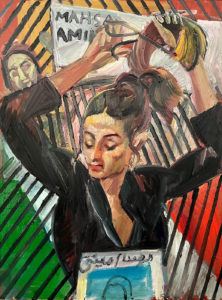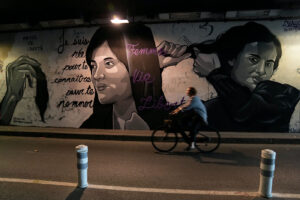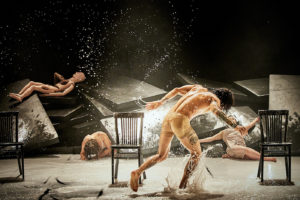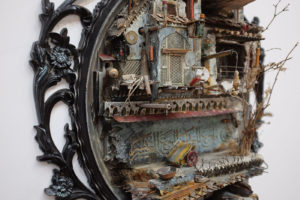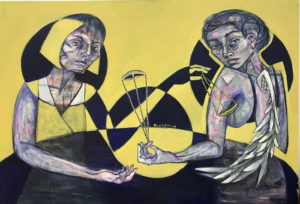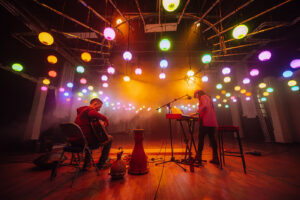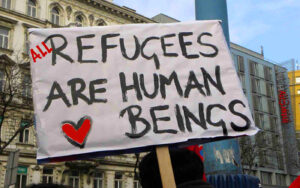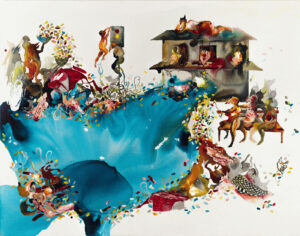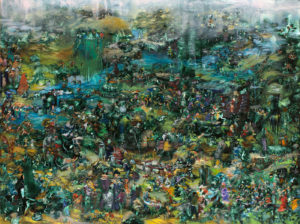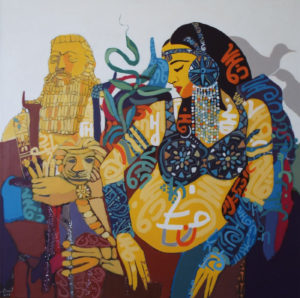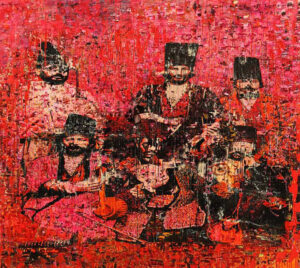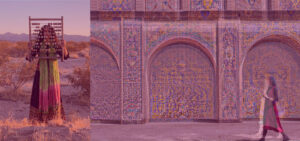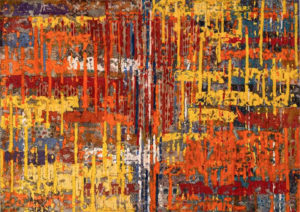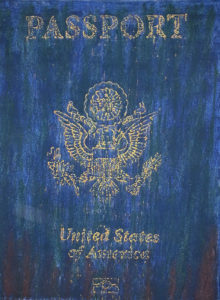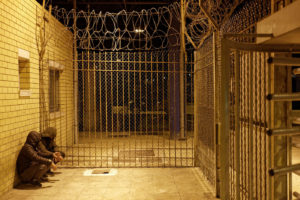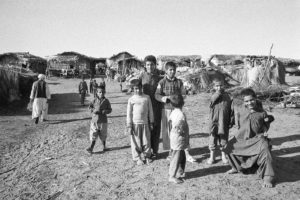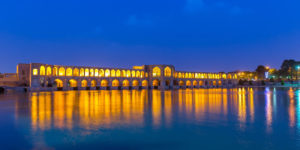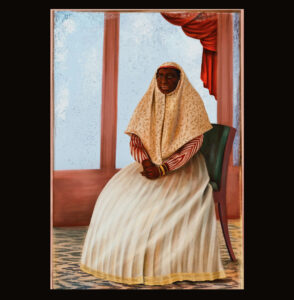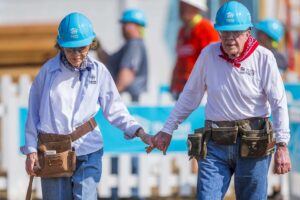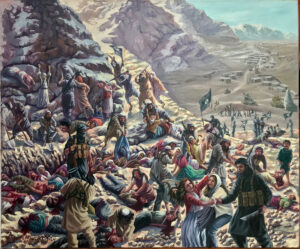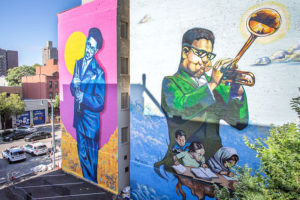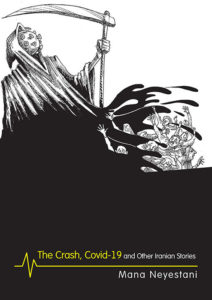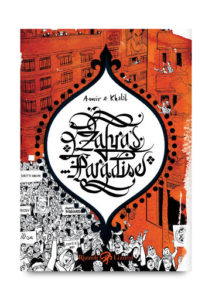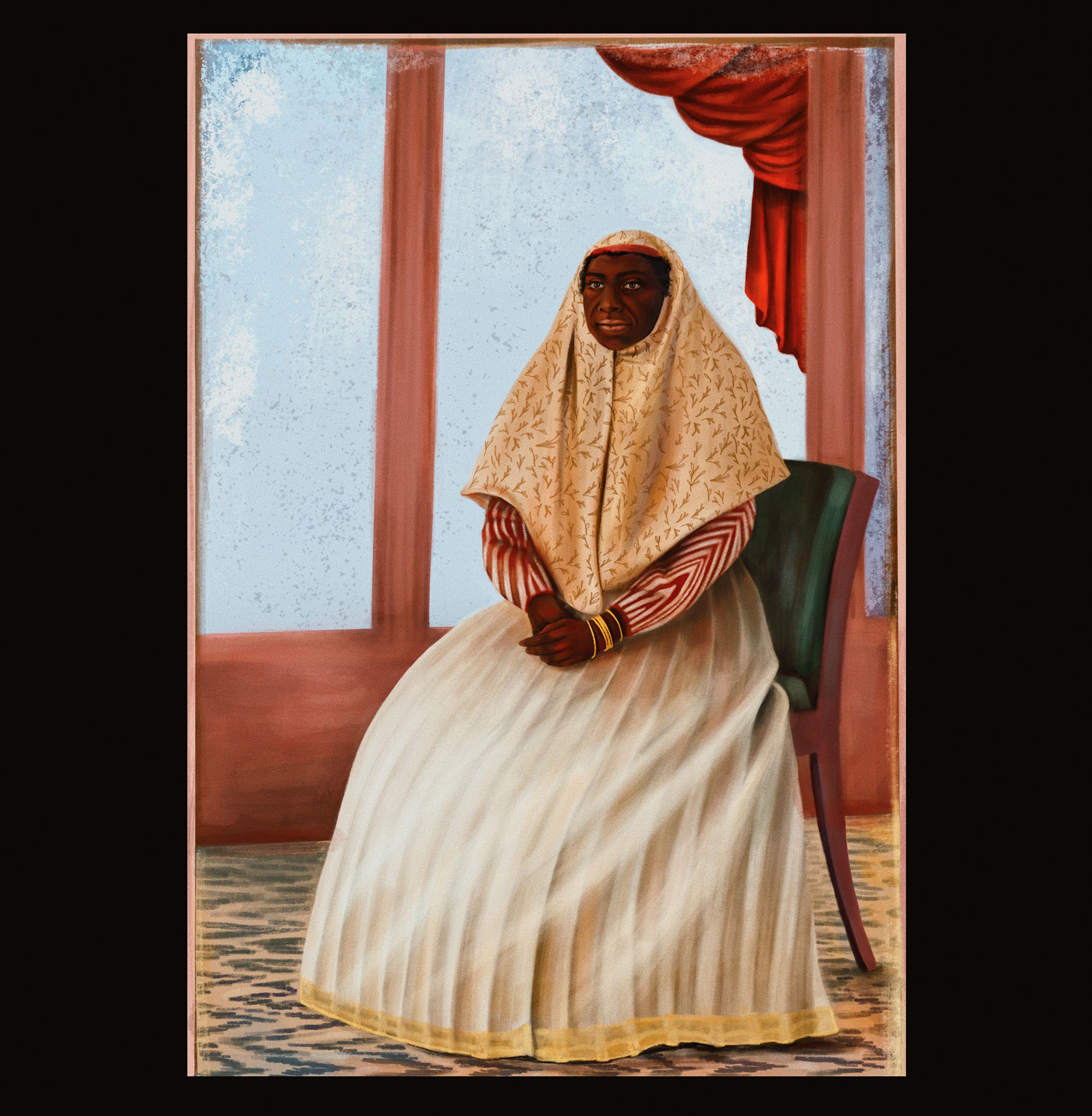
Twelve Gates Arts and the Collective for Black Iranians are hosting “Hasteem: We Are Here” from September 3-24, 2021.
Maryam Sophia Jahanbin
Content warning: enslavement, land and labor acknowledgement.
Consistent with their desire to uplift South and West Asian diasporic artistic voices, Twelve Gates Arts (12G), a gallery in Philadelphia, is providing a platform for the Collective for Black Iranians to hold their inaugural exhibition. 12G supports marginalized and historically excluded communities. In a recent conversation, 12G executive director Aisha Khan recognized that their space occupies the stolen land of the Lenni Lenape peoples. “We mourn the ongoing genocide of native peoples, on which America was violently founded,” Khan said. “We recognize that the indigenous and their movements are alive today, and affirm our continued commitment to supporting indigenous resistance. We also acknowledge that this country has been built on the forced labor of African people through violence, systemic abduction from their homelands and enslavement over hundreds of years. We acknowledge the impacts this has had on African descendants through this country’s development.”
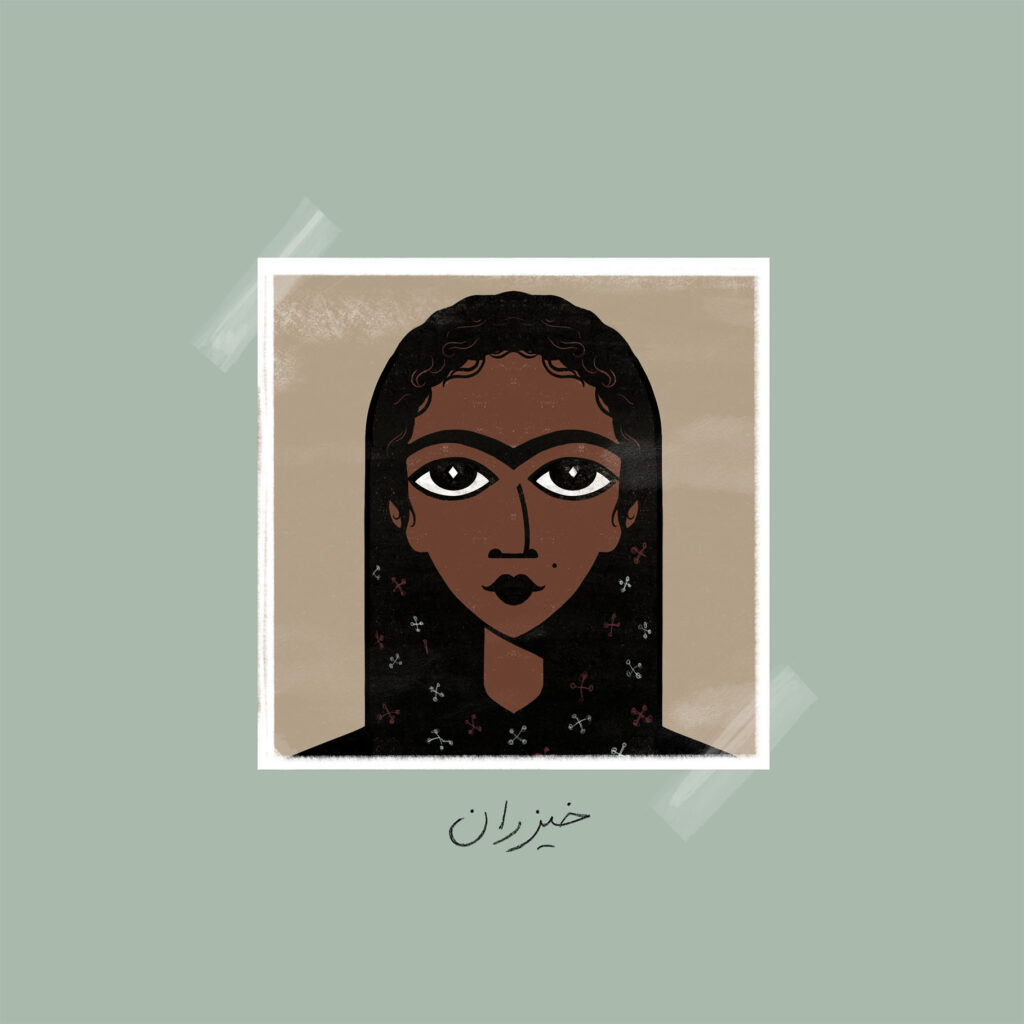
The Collective for Black Iranians’ multimedia showcase at 12G, “Hasteem: We Are Here هستیم – ما اینجاییم” opens with a story: “Meet Khyzran. She is a daughter, a sister, a mentor and a friend. In 1856 she sought freedom for herself and others as an enslaved woman in Lengeh, Iran. She was 22 years old.” This initial narration is paired with a digital portrait of Khyzran, complete with a strong singular brow, by artist Mina M. Jafari. The story goes on to locate the geo-historical context of Khyzran’s forced displacement to Iran from Zanzibar, East Africa, and her subsequent pursuit of freedom. The exhibition accentuates an array of recorded histories ranging from that of Khyzran to the pearl divers of the Persian Gulf. Research on these histories was made accessible to the Collective through collaborations with historians; the written story of Khyzran is told by Beeta Baghoolizadeh, Assistant Professor of History and Critical Black Studies at Bucknell. “Many within the Iranian community and beyond are not aware that Iran only abolished enslavement in 1929,” Baghoolizadeh points out. “The Collective’s work of sharing these forgotten or denied memories allows us to have conversations within our community about these difficult histories.”
Adds Black Iranian Priscillia Kounkou Hoveyda, “It is important that the stories of Black and Afro-Iranians around the world are understood not only through a lens of forced migration, but a lens of chosen migration.” The Collective is a creative and critically conscious initiative proposing an Iranian culture that stands fully at its Black and African intersections.
The show’s title, “Hasteem: We Are Here” speaks to being present in a location — and proceeds to illustrate how “here” is expansive. From Khyzran Series, we jump forward in time to meet the gaze of a nameless woman, situated on a boat in Hormuzgan, a region of Southern Iran. The Old Woman in the Burqa fixes her gaze upon the viewer. As a participant, I was provoked to think this woman could see me. Sometimes she is smiling. This timeless old woman has seen more of life than I could know. The painting, by Arefeh Avazzadeh, is part of The Collective’s Art From Home series, which engages in narratives of migration in contemplating the meaning of home. In contrast to the veiled woman depicted by Avazzadeh, Sahar Ghorishi’s illustration, Mohayeh Zibat (Your Beautiful Hair), offers a glimpse into an Iranian home, where a mother lovingly styles her daughter’s hair. The digital work is accompanied by a poem: “Your Beautiful hair. Each string here is a moment of the intelligence and strength of all who are before you. They live so they curl, jump and shine. With the beauty that has remained over time. Always carry them with pride, my child. A mother.” This piece provides a representation of Black Iranian childhood — it is a narrative of girlhood that is likely to be absent from children’s books. “This childhood scene is here to reclaim presence within the Iranian narrative — that of a Black Iranian girl who has been part of an Iranian reality despite her presence being overlooked” (Kounkou Hoveyda).
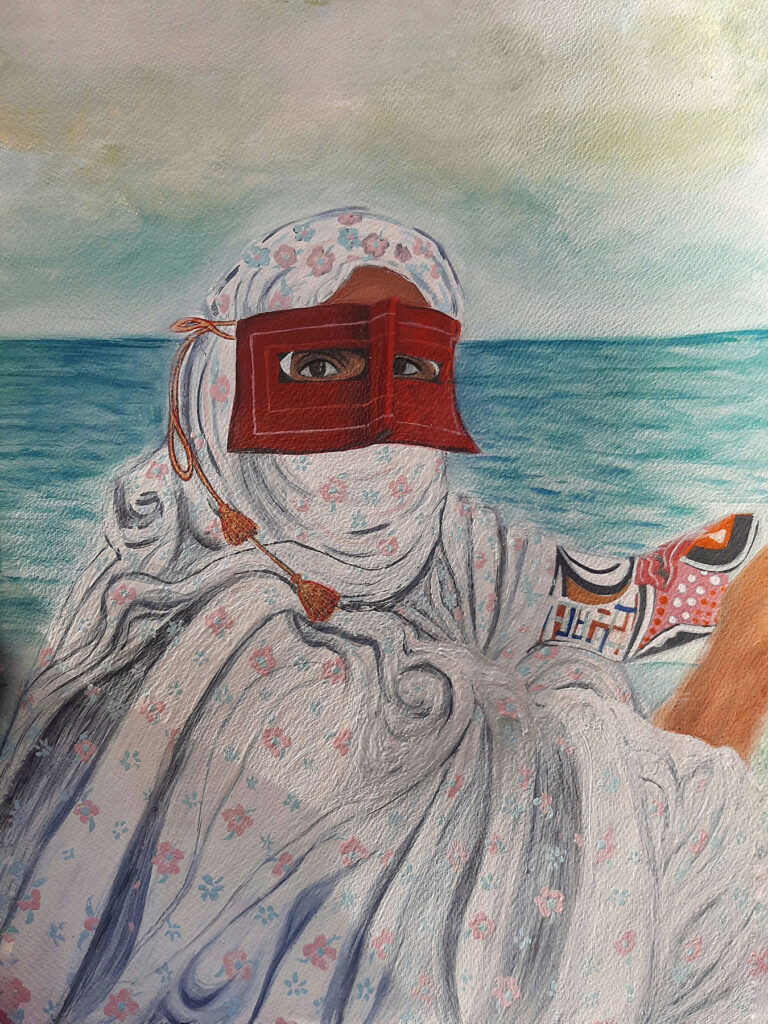
The Collective for Black Iranians creatively disrupts the discourse surrounding intersections of Blackness and Iranianness, carrying an expansive and inspiring narrative of Iranian heritage. “Hasteem” brings a heightened attention to storytelling as a crucial facet of identity, arts and creative activism. Digital art specifically provides a dynamic and accessible context for thinking critically about the histories that we are confronted with, histories that we are fed through prevailing systems of education. Black Iranian history is worthy of study. The Collective addresses the erasure of Black Iranians from history by centering the voices of Black Iranians, specifically women. The inclusion of historically excluded voices by the Collective is an ongoing pursuit.
Moving across the perimeter of the gallery, I was captivated by the intensity of the painting Writing Ourselves, 1. Once again the piercing gaze of a veiled woman sitting steadfast holds me entranced. I recognize the careful pleating of her skirt, the delicate gold bangles glistening on her exposed wrist. The Writing Ourselves series was created in response to that erasure. With this painting by Kimia Fatehi, Writing Ourselves looks into Qajar paintings and portraits which sometimes included the presence of enslaved people, whether they were eunuchs or nannies or a different domestic worker in service of the royal family. The Collective is recreating these scenes with a dignified lens, to refocus our attention toward those who have been erased, marginalized and caricatured.
Members of The Collective work towards a reality that the Black Iranian intersection is not merely tolerated, but celebrated. Following the murder of George Floyd and consequential rise in recognition of the Black Lives Matter movement, the power of community propelled innovative modes of convergence, spurring the emergence of the Collective. Even so, it is important to emphasize that “it was not only last summer, but throughout our lives that we have been witnesses to the erasure of our stories,” says founding member Kounkou Hoveyda, who adds that “there was no presence of a collective voice to come forward and share our experiences.”
Recognizing this absence, a handful of Black Iranians embarked to organize for the purpose of educating, amplifying, and advocating. And just like that, a virtual space and time emerged to gather, reflect, and grow amongst each other. The Collective conducts monthly online meetings to strategize, working in a collective fashion to discuss and share ideas, and reflect on their direction. The Collective produced “Hasteem: We Are Here” in collaboration with artists based in Iran, among them Afro-Iranian painter Arefeh Avazzadeh (Bandar Abbas) and filmmaker Sarah Farajzadeh (Bandar Bushehr) as well as non-Black Iranians such as Sahar Ghorishi (UK), Kimia Fatehi and Mina M. Jafari (US), as well as Black and Afro Iranian artists from the diaspora, including Kounkou Hoveyda (Director: Golden Grown, Nader, First time my family met me) and Alex Eskandarkhah (Director: We are Here) along with Black American artists such as Chyna Dumas” (Kounkou Hoveyda).
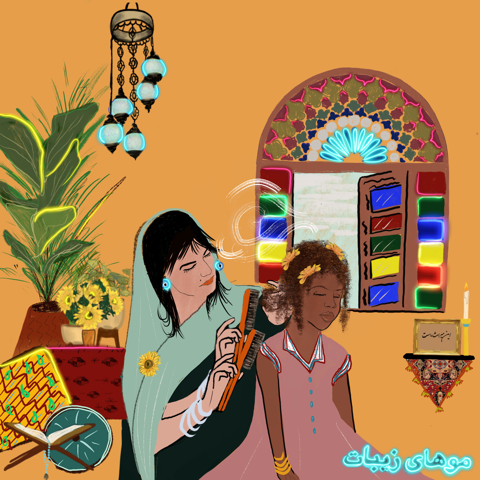
As the Collective continues to grow, members have encountered a growing number of people across borders and boundaries who identify with their stories and mission. The Collective for Black Iranians describes itself as “a place for anyone and everyone who has felt that they are perhaps not Iranian enough, or that they need to perform in order to be considered Iranian — whether that is to speak fluent Farsi, or undergo a couple nose surgeries. The Collective is here to say that you are Iranian despite what you look like, and because of it” (Kounkou Hoveyda).
The Collective represents but one of the manifold ethno-racial identities that has embodied Iranian/Persian intersections for centuries. The Collective illustrates the power of self-definition, and asks “If we exist, who else is being erased?” (Kounkou Hoveyda). Countless identities of Persian descent continue to be marginalized and historically excluded, which includes but is not limited to: Kurds, Baloch, Bahai, Afghans, and again, many more of varying socio-economic and geo-political intersections that I have overlooked. The Collective uplifts marginal voices in solidarity with those who do not fit into the narrow definitions of language, geography, and ethno-racial identity in contemporary Iran.
A video montage is on display as a part of the exhibition, showcasing everyday and invisible beauty, traumas, practices and joy. Voices of Black Iranians can be heard singing, reciting poetry, describing old family photographs, playing childhood hand games, and sharing intimate moments of reflection on the relationship to Blackness as an Iranian, and vice versa.
Nader, who is filmed playing a Bach Sonata for violin, characterizes his experience: “My mom did her best to shield me from anti-black aspects of the Iranian culture. Yet it seemed like depending on my surroundings, one of my identities was perpetually denied or ignored. I am so grateful to @priscillia_pkh and @collectiveforblackiranians for expanding my mind to this full and vibrant intersection.” The Collective leverages different forms of multimedia to make sure that “the dialogue is leading us towards an inclusive understanding of what it means to be a Black Iranian, where one identity doesn’t nullify the other” (Kounkou Hoveyda). Empowering phrases and photographs of Toni Morrison, Angela Davis, Patrice Lumumba, Conceição Evaristo, Franz Fanon and Edwidge Danticat are interspersed throughout the video experience, speaking to an array of Black histories. A particular video articulates the words, “سیاه زیباست” Black is Beautiful. The Collective seeks to encourage an intergenerational dialogue surrounding this reclaiming of the word سیاه (Black) and looks to challenge predominantly Eurocentric beauty standards present within Iranian communities. The Collective works on the ground and through online space to build a transnational network rooted in deep connection, hope, love, and solidarity. It is a world building movement, re-imagining and rethinking the world we want to live in.
The Collective, while only a year old, has grown rapidly, leading important conversations addressing racism and anti-Blackness in Iran. “The first step in acknowledging who we are is acknowledging all the different segments of who we are.” The showcase both asks and responds to what it means to be Black within the Iranian community and the diaspora. “The Collective works in the realm of memory and consciousness” (Kounkou Hoveyda); collective memory, paired with the particularity of experience, grounds us in the present and establishes that Black Iranians are here and have been here—not only in Iran and throughout the Iranian diaspora, but throughout the world.
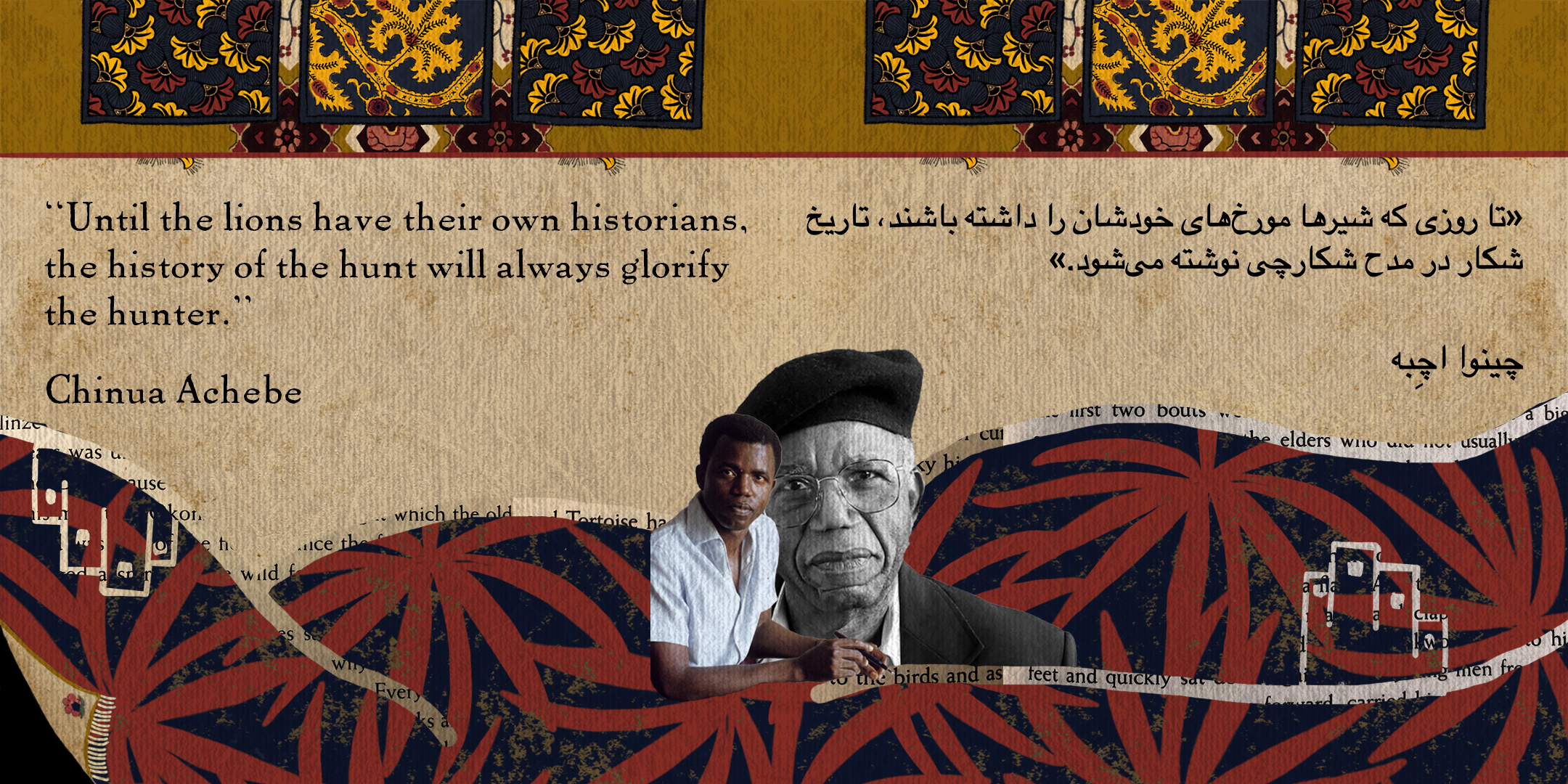
In addition to centering Blackness in the Iranian diaspora, the showcase features figures of Black thought and literature. Aphorisms of Black writers including Mariama Ba, Kwamwe Nkrumah and Chinua Achebe are written into the works of multiple artists in The Collective, including Kimia Fatehi and Chyna Dumas. As a part of the Consciousness series, the Collective centers Black African thinkers, “shifting the ways that African and Black thought and leadership is perceived or rather, ignored, thereby expanding the awareness of our presence” (Kounkou Hoveyda).
The Collective teaches us to recognize Black Iranians and those who are othered in all societies. The constraints that Black Iranians are up against are not exceptional to Iran, they are particular, but not limited to Iran. The discourse of dismissing Blackness in Iran underscores challenges that echo across geo-political borders. It is a simple yet profound expression of solidarity, anti-imperialism and anti-colonialism to recognize the other, wherever the other is — in their full humanity and complexity, and in the real time and space of what they are up against, everyday. The Collective strives to make their stories accessible, and to create a space that combats anti-Blackness and celebrates the diversity present within the Iranian identity.
Artists on Social Media:
Mina M. Jafari @minamjafari
Arefeh Avazzahdeh @arfistic_
Sahar Ghoreishi @sahar_ghorishi.x
Kimia Fatehi @tadeegh
Sarah Farajzadeh @sarah_farajzadeh
Chyna Dumas @cmdumas
Pegah Bahadori @pegahbhd
Alex Eskandarkhah @alwaysaflex
Priscillia Kounkou-Hoveyda @priscillia_pkh
Featured Voices
Maya Zarrin Taj Mansour @mayajune
Nader @yungnader
Parisa Nkoy @parisankoy
Pardis Nkoy @pardisnkoy
Arameh Anvarizadeh
Razieh Pirdad
Tooba Shahrestani
Amir Hossein Zakeri
Resident Historian
Beeta Baghoolizadeh @diasporaletters
Exhibition Coordinator
Sepideh Mohsenian-Rahman



